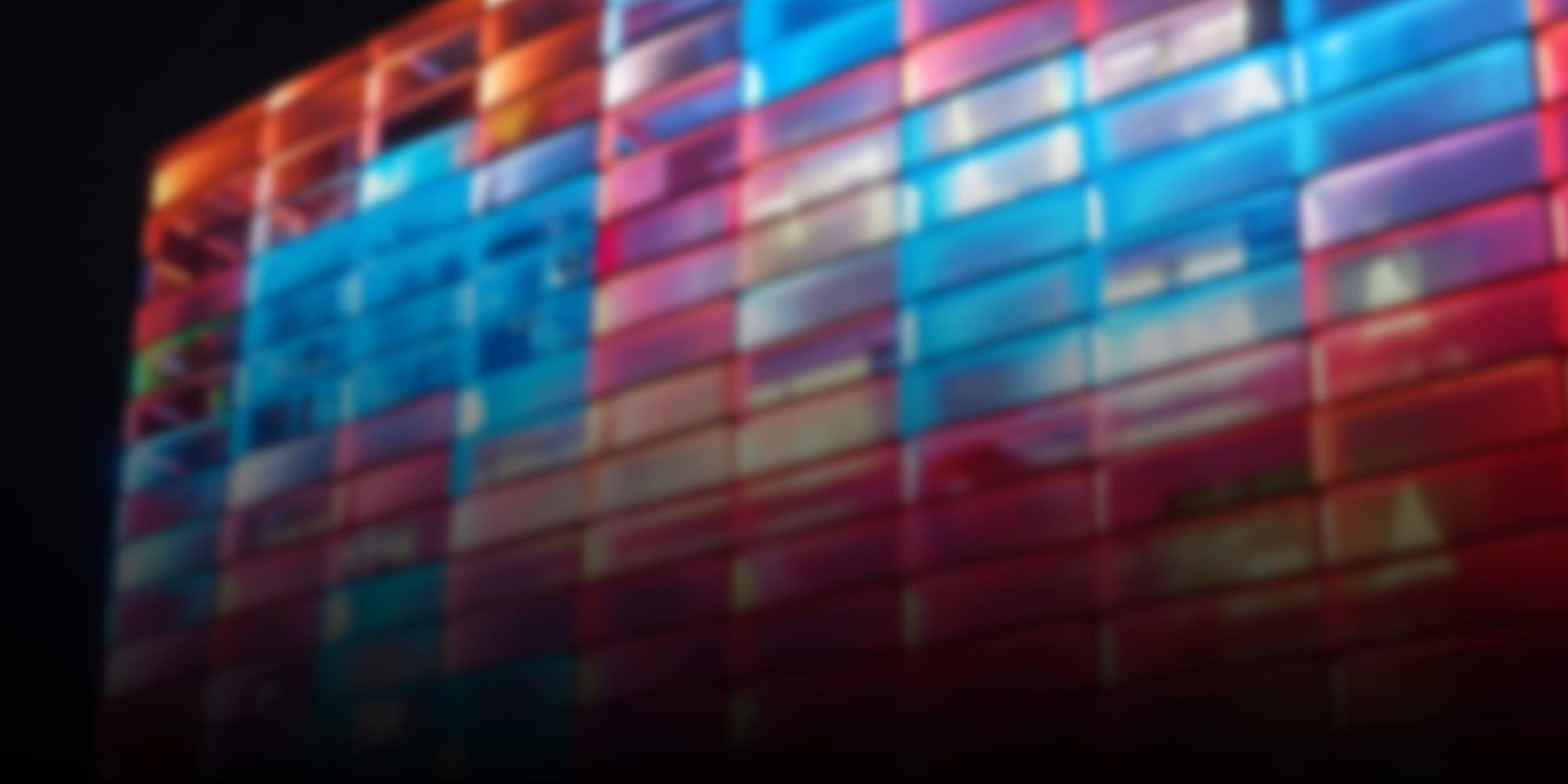
Artists
-
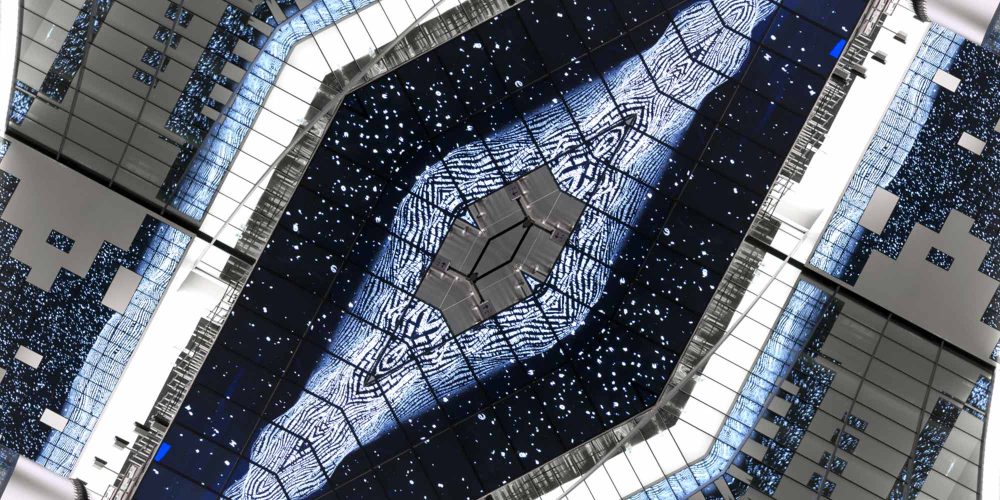
Poetic Systems
How art can make complex structures tangible
-
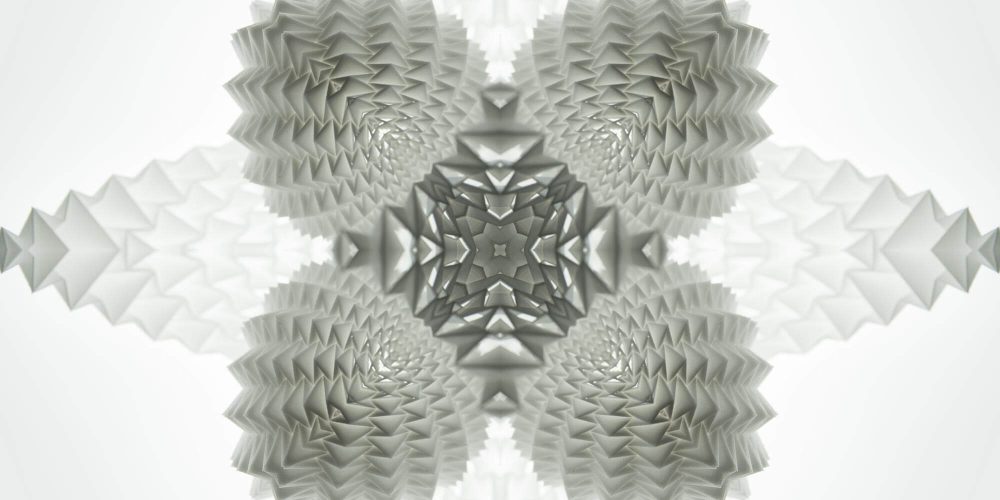
Computation and Beyond
How can we inspire people to actively design our common future?
-
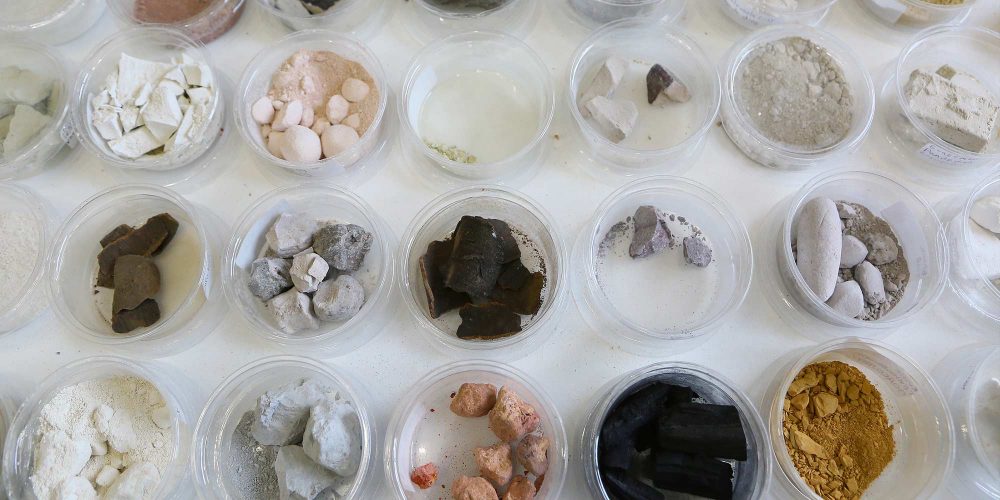
Community Project: Taste your SOIL
Art, society, technology and science sees itself expanded by a conceptuality – nature. “Taste your SOIL” stands for the urgent need of making the digital a part of our cultural identity and for restoring our lost cultural awareness of the earth.
-
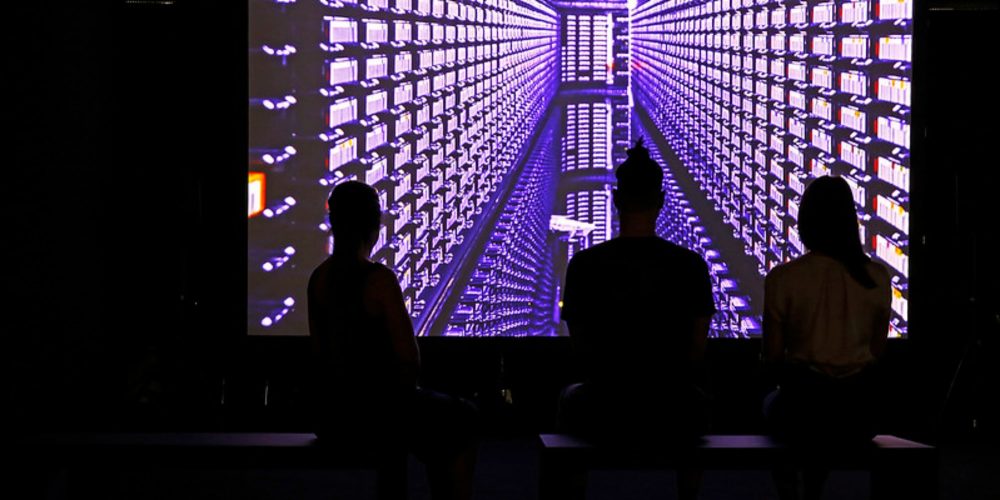
The Voice of the Future
As part of the ArtScience Residency Program enabled by the Art Collection Telekom artist Kyriaki Goni is working on a project that focuses on the voice of digital assistants and the problem of surveillance.
-
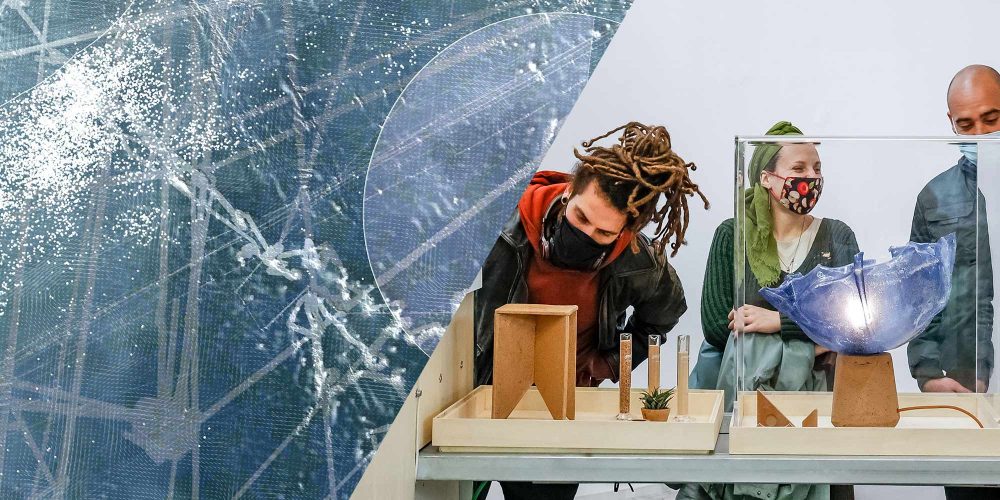
The Winners of the 2021 STARTS Prize
We present the Grand Prizes at the intersection of science, technology and art: “Remix el Barrio” and “Oceans in Transformation”.
-
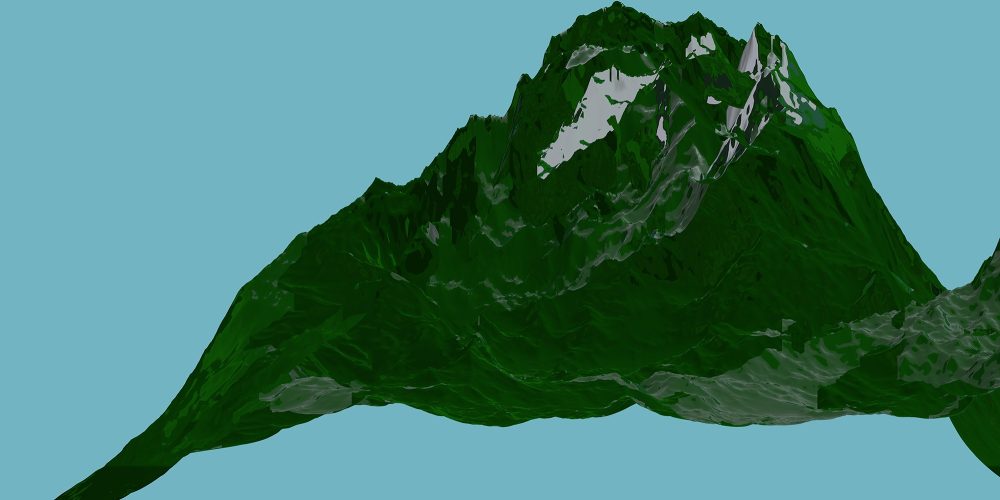
The Future Is Coded
Travel restrictions raise new challenges for cross-boundary artistic/scientific research. Residencies at the Ars Electronica Futurelab remain a source of mutual inspiration.
-
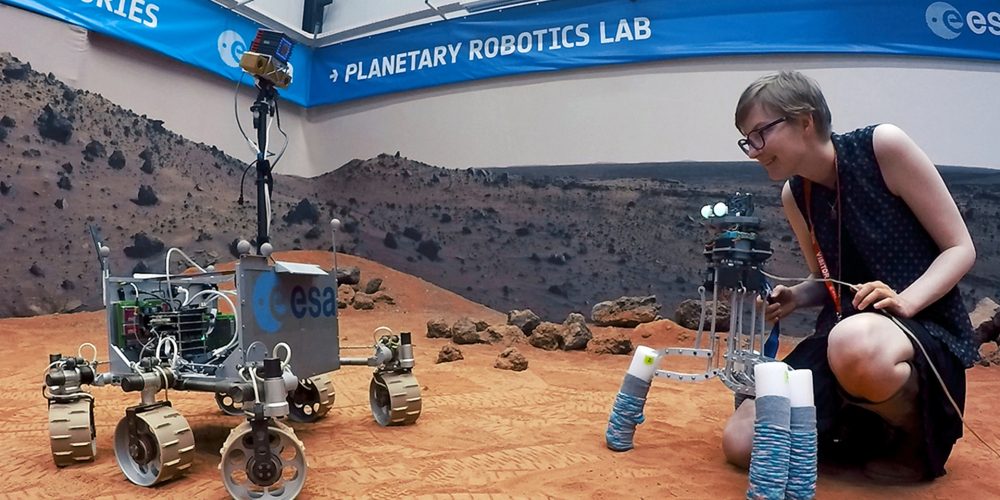
Step into Space
Wanted: Our place in the universe. Found: A team that combines humans and AI to answer fundamental questions. Sarah Petkus and Mark J. Koch aim to educate artificial intelligence to become an individual.
-
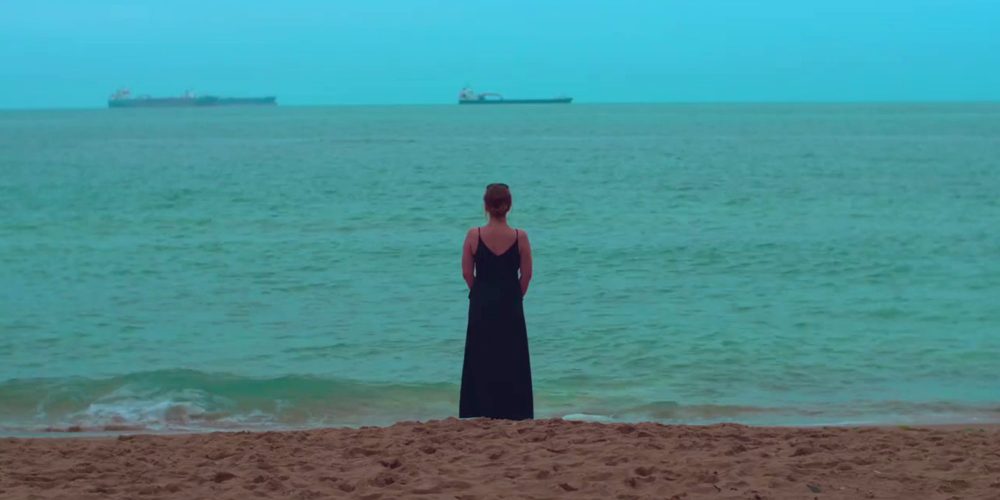
Tears for the Sea
She spent most of her childhood on merchant marine vessels and has developed an ever closer relationship with nature through her proximity to the sea. During her EMAP/EMARE residency, as a media artist, Kasia Molga tells how she came to her project “How to make an Ocean?”, how personal grief and COVID-19 gave her work…
-
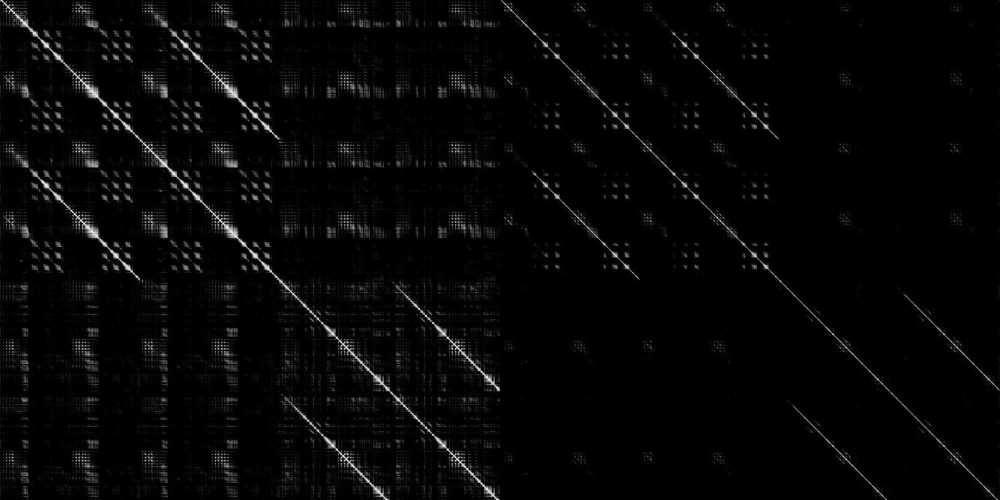
Of rhythms and algorithms
They promise a future full of convenience and are said to surpass us humans in every respect quite soon. Artificial intelligence is already way ahead of us in many areas of competence. Just a few years ago, we thought that it was human creativity alone that distinguished the analogue from the digitally generated work. Because…
-
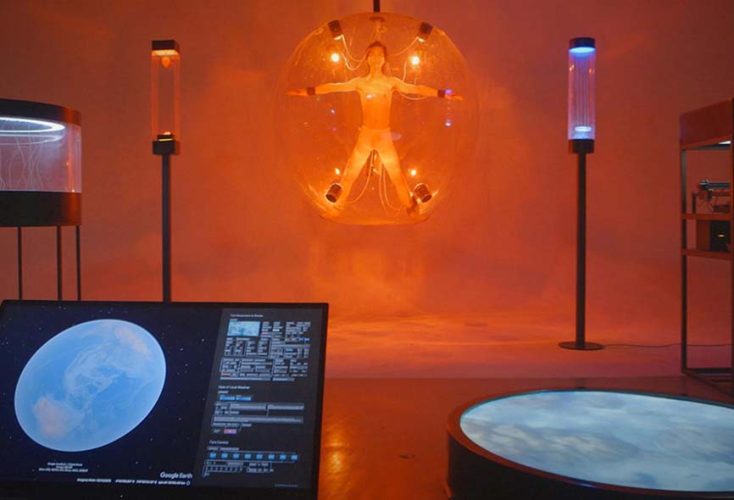
All connected, all affected
Shaun Hu’s works explore the relationship between humans and nature in the digital age. “Internet of Everything: All Connections” – currently part of the “human (un)limited” exhibition in Beijing – shows how everything around us is not only connected but also affected.
-
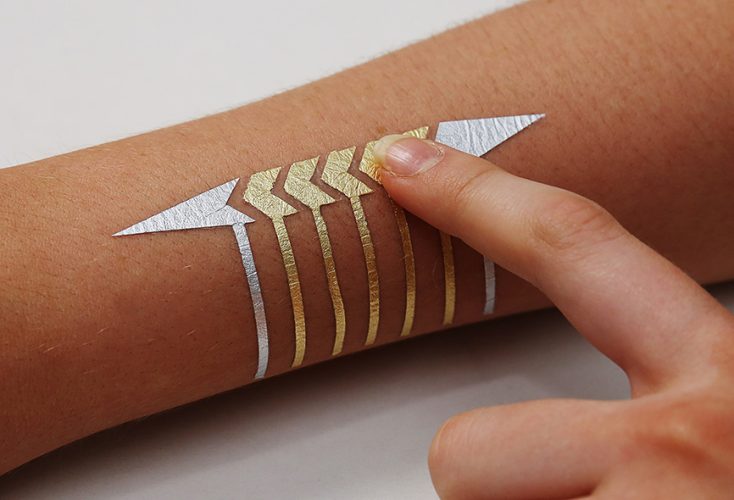
DuoSkin: Like a Second Skin
Nice metallic tattoo or modern on skin interface? Based on the aesthetics of temporary skin jewelry on skin, DuoSkin creates devices that allow users to control their mobile devices or display and store information on their skin. The project is currently part of Ars Electronica’s “human (un)limited” exhibition in Beijing.
-
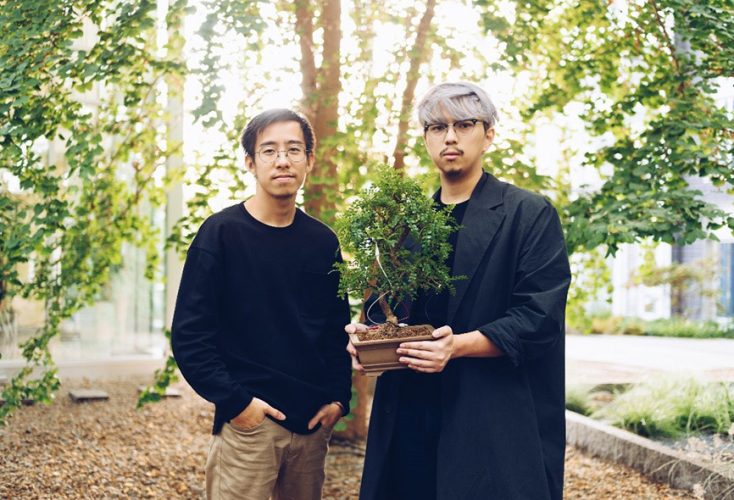
Patient Bonsai
A entire tree with branches and leaves, but as small as a potted plant: a bonsai becomes the symbol of “In Vivo”, which illuminates the border region between life and death. Behind it are the two artists Ernest Wu and Jake Tan from Singapore, who are working on their interactive installation as part of the…
-
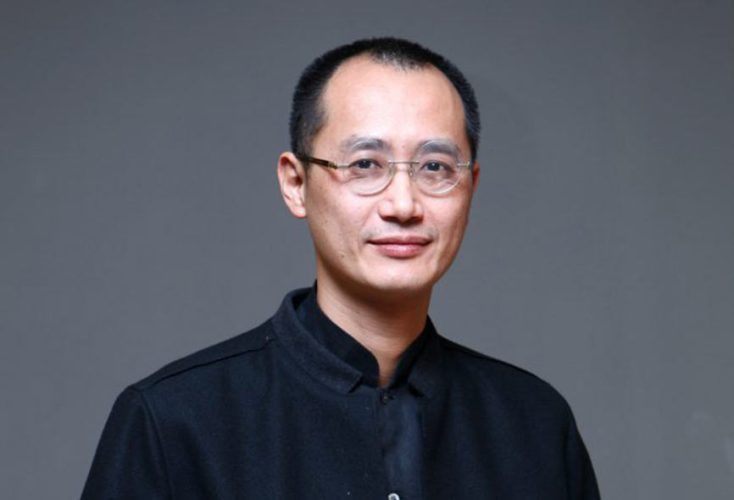
“We always need artists to wake people up”
He is considered one of the most influential contemporary artists in China. On November 2, 2019, Qiu Zhijie of the Central Academy of Fine Arts Beijing, together with the Design Society and his curator colleague Martin Honzik of Ars Electronica, will open the new exhibition “40 Years of Humanizing Technology” in Shenzhen.
-
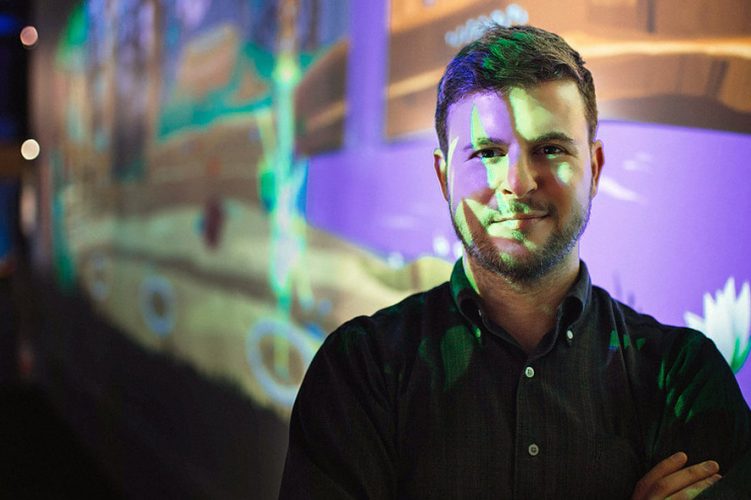
Nadav Hochman: “Involve Artists in the Technology Development Stage”
The submission deadline of the European Commission’s STARTS Prize 2019 is March 11! Nadav Hochman, co-founder of the Tech + Arts Initiative at the Tech Museum of Innovation in Silicon Valley, is one of the jurors of this competition and talks in an interview about the connections between science, technology and art.
-
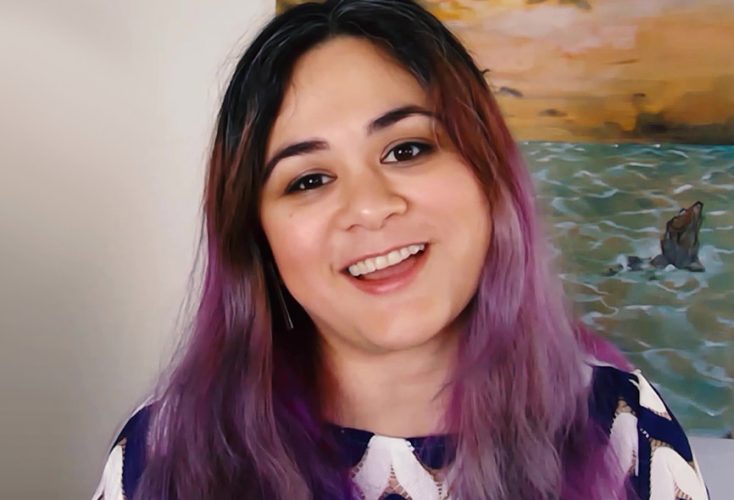
Şerife Wong: “I’d really like to see truly interconnected artists and scientists teams”
Submissions for the European Commission’s STARTS Prize will be accepted until March 11th, 2019. The artist Şerife Wong, one of this year’s jurors, talks about where she sees similarities between science, technology and the arts and explains to us – in her role as an ethics consultant – how we can deal with artificial intelligence…
-
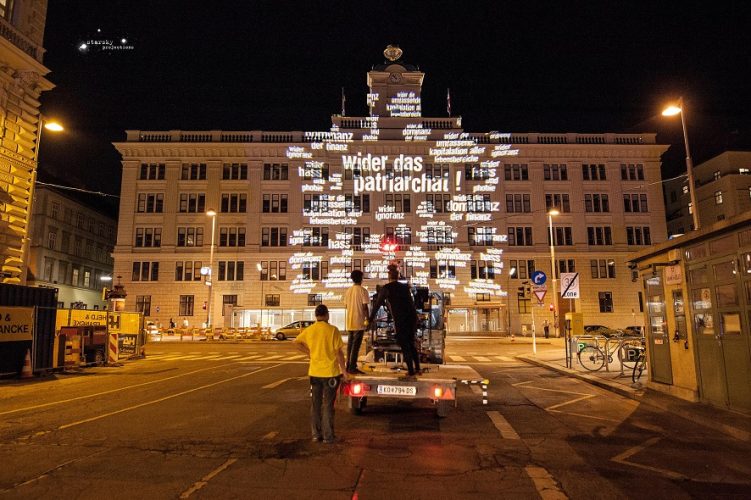
nobody gets involved: Marianne.von.Willemer Prize 2018
Viennese artist starsky has won the 2018 Marianne.von.Willemer Prize for digital media with her guerilla projection tour “niemand mischt sich ein” (“nobody gets involved”). In this interview she tells about her activist and feminist work.
-
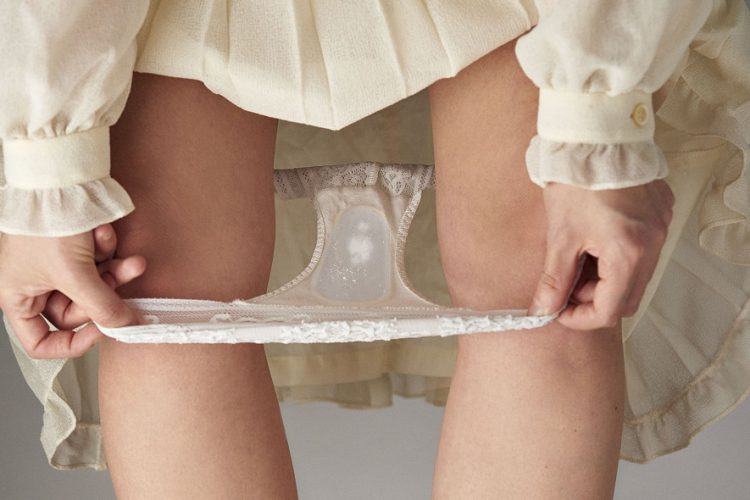
Future Flora: DIY kit for the vaginal flora
This year, designer and biohacker Giulia Tomasello won the STARTS Prize in the category “Artistic Exploration” for her Do-It-Yourself harvesting set for bacteria at home, “Future Flora”. Before the artist comes to the Ars Electronica Festival (September 6 – 10, 2018) to present her work, she has already told us more about it in this…
-
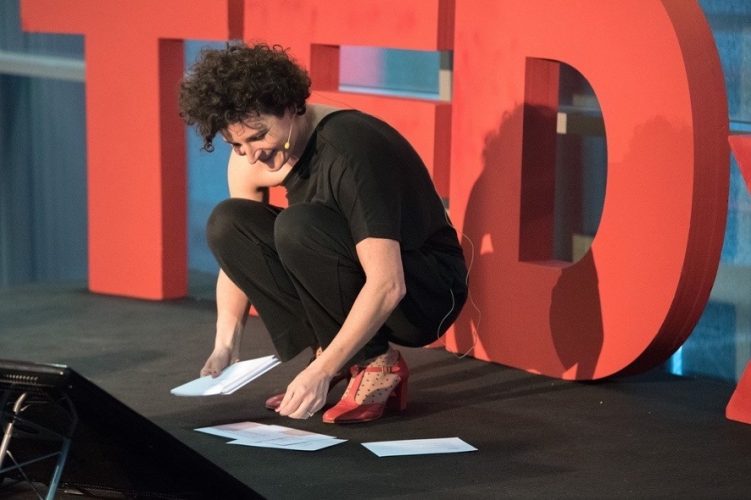
Banish the Fear of Making Mistakes: Claudia Novak
At the Ars Electronica Festival’s Get Inspired innovation forum on September 6th, Claudia Novak, a communications expert and TEDxLinz curator, will discuss why we urgently need more transparency in our dealings with errors. We talked to her about failure and how to handle it.
-
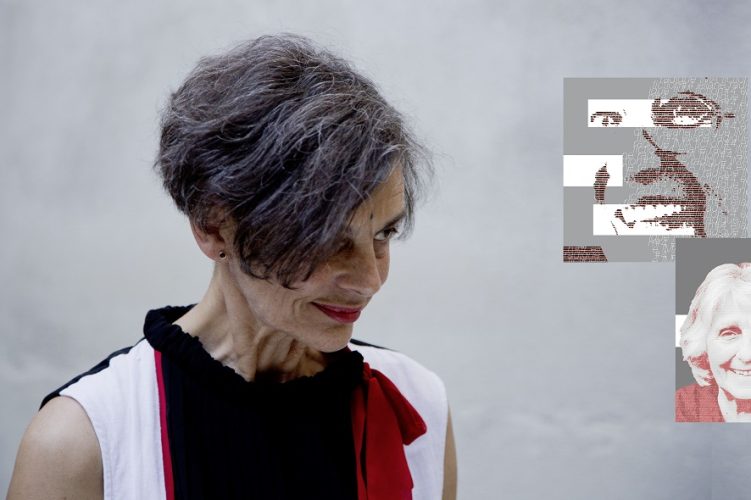
Featured Artist: Elisabeth Schimana
Where are all the women in electronic music? This question has been posed since the 1990s by Elisabeth Schimana, a music pioneer who’s the Featured Artist at this year’s Ars Electronica Festival September 6-10, 2018. In Linz, she’ll present “Hidden Alliances,” a selection of her works on this subject.
-
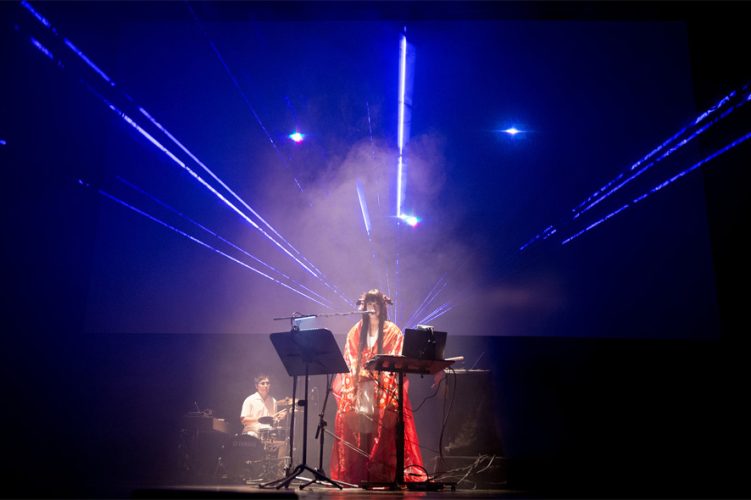
I’m Humanity: Music for Eternity
Her idea for a way to make music live on beyond humankind’s eventual extinction and to use DNA as the medium to transport this information for eternity garnered Japanese musician Etsuko Yakushimaru the 2017 STARTS Prize. In this interview, she explains her concept of “post-humanity music” and gives her take on mutations that randomly occur…
-
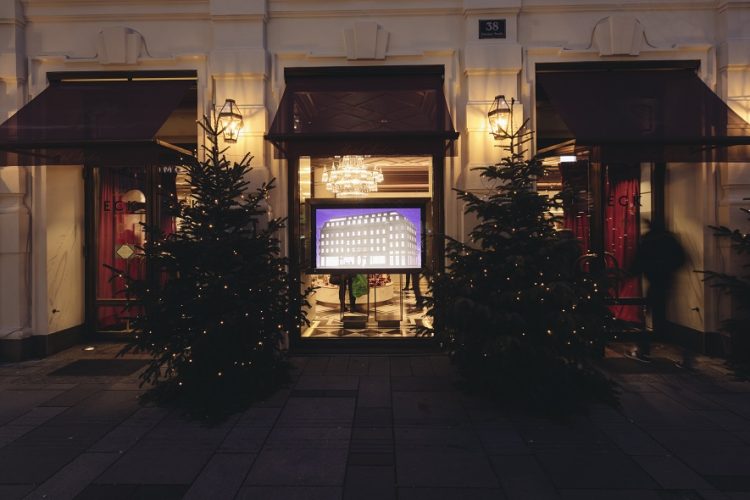
Papercraft and Animation: A Diorama for Sacher
As part of the makeover of Café Sacher Eck in Vienna, Ars Electronica Solutions implemented three innovative projects on the premises of this traditional Viennese landmark. A core element of this collaborative effort is a diorama in which Sacher Moments are played out amidst a papercraft model of the Sacher complex featuring playful animated sequences.…
-
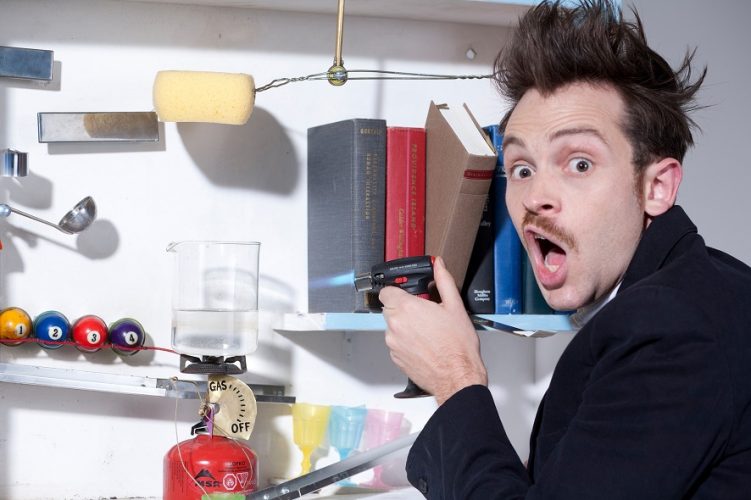
Comically Inefficient: Joseph Herscher’s Machines
New York artist Joseph Herscher uses everyday objects to build Rube Goldberg machines that are as inefficient as can be. At the 2017 Ars Electronica Festival, he’ll be involved in three projects that illustrate his playful approach to creativity. In this interview, we found out what exactly awaits us.
-
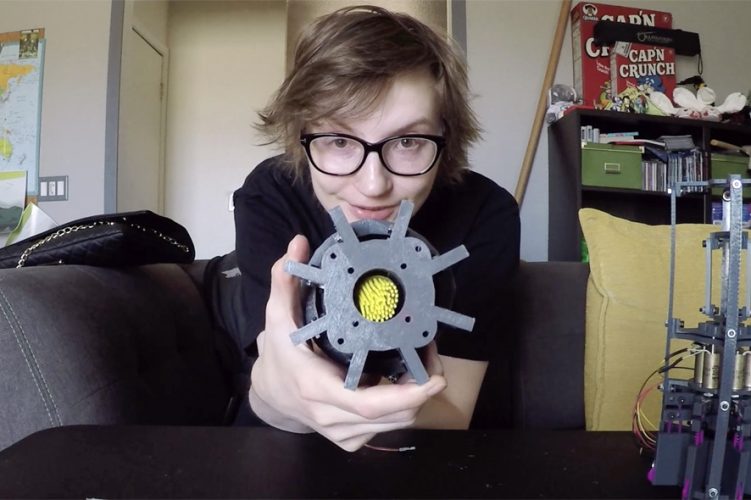
The Wandering Artist Project
For her proposal to send a robot with artistic skills into outer space, robotics engineer Sarah Petkus was the recipient of an Honorary Mention from the 2016 art&science@ESA. In this interview, she talks about her plans for her upcoming residency at the European Space Agency (ESA) and the Ars Electronica Futurelab, about humane robots, and…
-
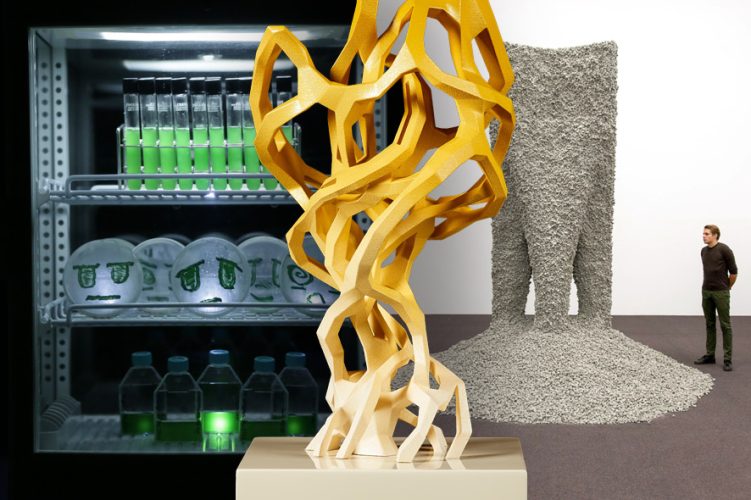
STARTS Prize: The 2017 Prizewinners
This year’s STARTS PRIZE recipients come from Japan and Switzerland. “I’m Humanity” garnered the Grand Prize for Artistic Exploration for Etsuko Yakushimaru; the Grand Prize for Innovative Collaboration goes to Gramazio Kohler Research at ETH–Swiss Federal Institute of Technology in Zurich and the Self-Assembly Lab at MIT for their “Rock Print” installation.
-

The Artist-in-Residence is Yen Tzu Chang
Yen Tzu Chang (TW) is the recipient of the residency STEAM imaging jointly hosted by the Fraunhofer Institute for Medical Image Computing (MEVIS) and Ars Electronica. The Taiwanese media artist will thus have a unique opportunity to work closely together with the Institute’s research staff.
-
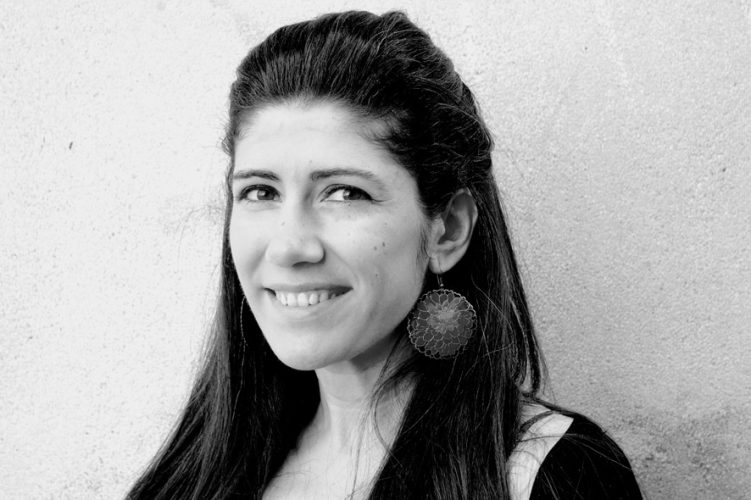
Ghalia Elsrakbi: “Art Is a Collaborative Playground”
Mainstays of media art in general and the Prix Ars Electronica’s Hybrid Art category in particular are hybrid and transdisciplinary projects and approaches. In this interview, juror Ghalia Elsrakbi talks about her take on hybrid art and what she sees as the role art can play in 2017.
-
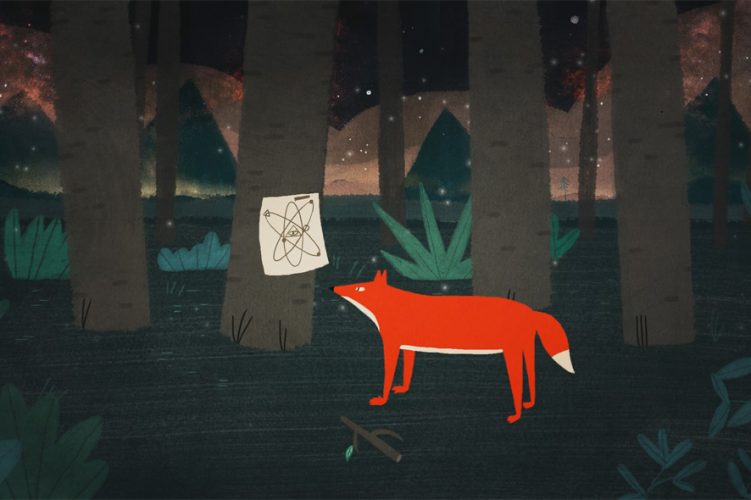
Réka Bucsi: “I like its playful ways”
Réka Bucsi’s animated short film “Symphony no. 42” got her shortlisted at the 87th Academy Awards. In April, she’ll be one of the 2017 Prix Ars Electronica jurors selecting this year’s Golden Nica recipients.
-
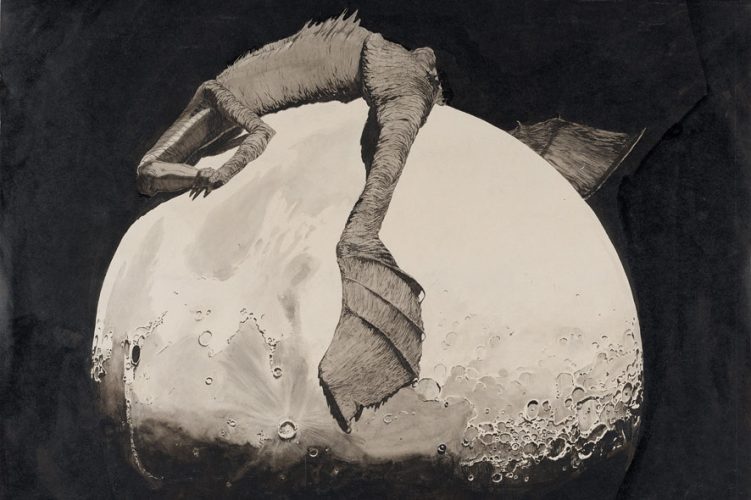
Linz’s Klemens Brosch: A Genius for Drawing
Born in Linz in 1894, Klemens Brosch went on to become one of 20th-century Austria’s most outstanding graphic artists, best known for his magical landscapes and melancholy imagery. Deep Space is now featuring jumbo-format projections of some of his small-scale drawings.